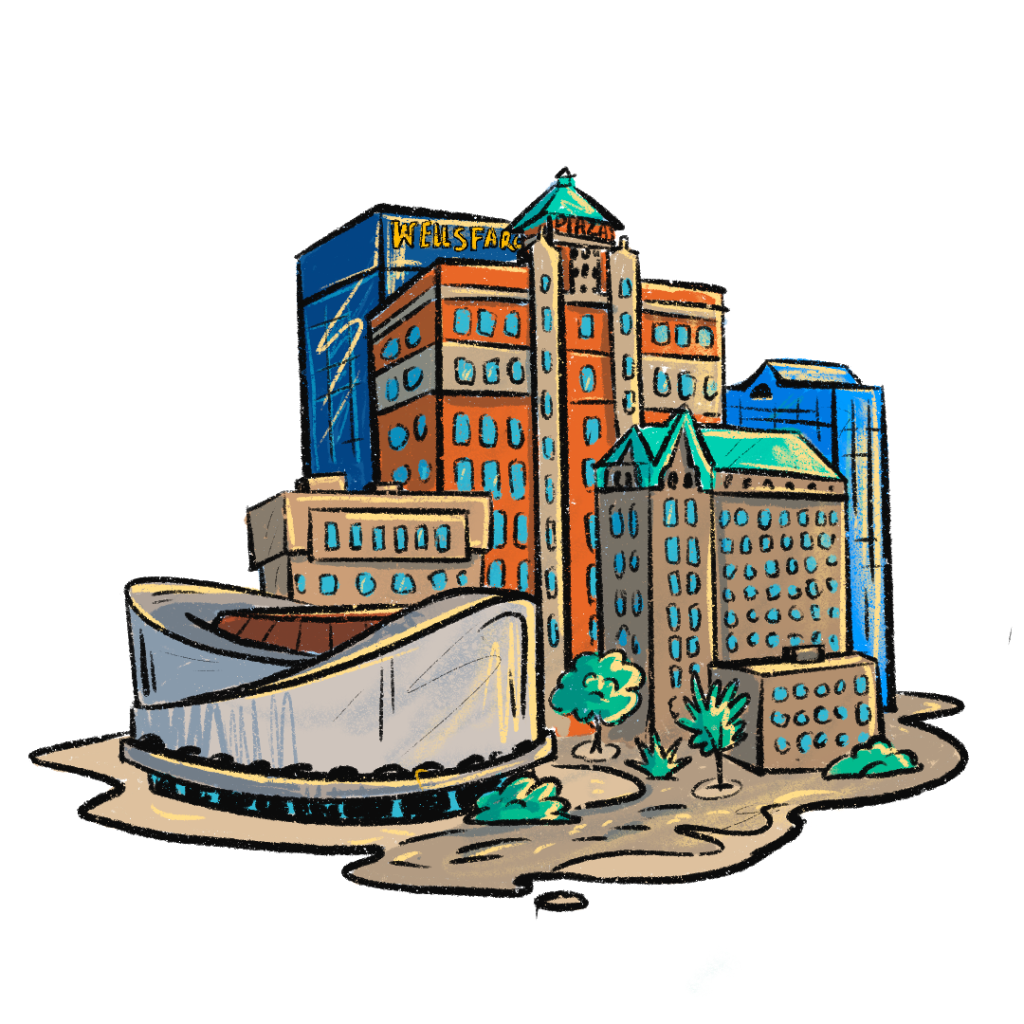By Victor Campos
Forget about Skynet and 5G waves conspiracy theories, ChatGPT will not conquer the world nor destroy the English classroom. Despite being sci-fi-like, ChatGPT is an extremely innovative online resource that can be used by teachers and students to nurture a more productive classroom to accompany students’ learning if used responsibly.

ChatGPT is an artificial intelligence model released for public use in November 2022 by OpenAI. You write questions or requests in the chat and the AI responds to you, like Amazon’s Alexa but in a typed format.
This tool remains available to the public since this is a “feedback stage” that will provide great enhancements to the final and more polished product. However, ChatGPT received many criticisms due to inaccuracies in generating information, potential for encouraging student dishonesty, biased responses based on information found on the internet, and the limitations placed on its access to information after 2021. The developers likely will address these issues in the final version because when creating or coding programs, user feedback is necessary for improvements.
The main concern from educators is ChatGPT’s capacity to generate essays for students to copy and submit as their own. These concerns are real and must be acknowledged. But despite these concerns, educators need to recognize ChatGPT’s usefulness by keeping an open mind and finding ways around its potential for malicious use in the classroom. This is a perfect opportunity for educators to do a better job of not only letting students know what plagiarism is but making them care about it.
Fear of innovation in the classroom is not new. John Dewey, in his 1938 book “Experience & Education,” argued that the debate between traditional and progressive methods of teaching was pointless so long as either approach did not focus on education itself rather than some ideology of it. For Dewey, “either-or” ideologies of education can only lead to conflict among themselves instead of addressing real student needs and creating experiences based on interaction. Similarly, educators must think of how ChatGPT can fit in the classroom to enhance education and student experience.
How can a learning experience be created from this free online tool? To answer that, we might consider Aikido, a Japanese martial art that uses strategies and understanding of using an opponent’s strength against themselves. Like Aikido, teachers at the secondary level should capitalize from their student’s inclination and propensity to use online tools to complete assignments to teach them how to use these tools in a responsible way to nurture their own learning. This can be done through interaction between students and ChatGPT.
For example, an educator could ask their students to have ChatGPT produce a prompt or answer a very specific question they have vast knowledge about to spot inaccuracies. This can be a great start for students to question where writers get their information from and to instruct them on the correct use and citation of proof to support claims. In the math classroom, teachers can appeal to a student’s sense of responsibility and honesty by first trying to solve problems and then asking ChatGPT to confirm their answers.
Multiple 30-student classes can overwhelm and diminish the time an educator dedicates to each student. According to Sean McComb in the 2014 Education Policy Forum, he dedicated about 20 seconds per student for grading and feedback. Only 20 seconds does not answer all questions students might have. Since there are never enough teachers and tutors, ChatGPT can be a great and engaging “tutor” for students. This is not a definite solution, but it is a supporting resource.
Because these proposals imply a great teacher-student trust relationship, educators need to appeal to students to build such relationships. By building trust and paying attention to student needs, educators can enhance student learning without prohibiting the creation of interactive experiences of technology in class.
The introduction and availability of ChatGPT to the public put into question the capability of educators to accommodate new technologies in the classroom. This calls for more qualifications for educators’ ability to build trust and appeal to students’ sense of honesty and responsibility when producing work.
Professor Greg Beam from the University of Texas at El Paso points us in the right direction: “Rather than allowing it to be this forbidden fruit that’s hanging out there that they’re told not to take a bite of, I’m going to say here’s how to use it responsibly.” Modern educators must adapt to the time they are a part of to best address the needs of their students and to make learning a memorable experience.
Victor Campos is an M.A. student in English and American Literature at the University of Texas at El Paso.



